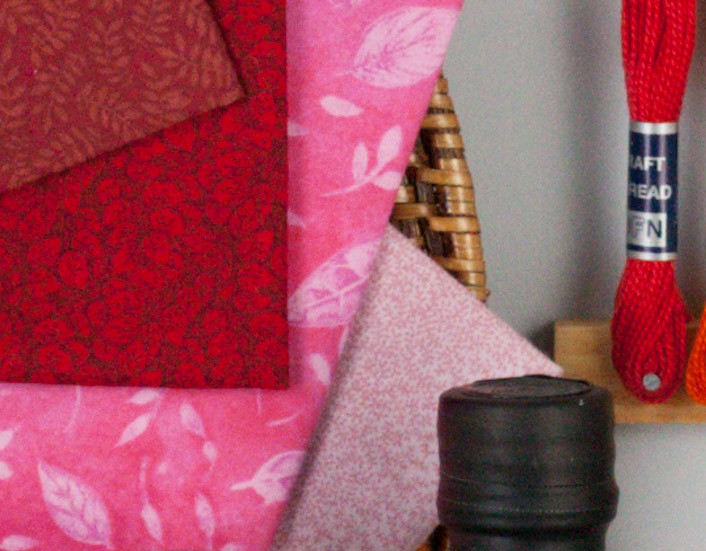Amin,We can all agree that the DxOmark data has limitations and can be misleading. We disagree about whether it has some value, but I won't :deadhorse: by arguing further.
I found your picture comparison to be much more illuminating
peace
-bob
Great to see you here. Join our insightful photographic forum today and start tapping into a huge wealth of photographic knowledge. Completing our simple registration process will allow you to gain access to exclusive content, add your own topics and posts, share your work and connect with other members through your own private inbox! And don’t forget to say hi!
Amin,We can all agree that the DxOmark data has limitations and can be misleading. We disagree about whether it has some value, but I won't :deadhorse: by arguing further.


If you replied to my post then I don't really understand your commentThis shows once again what to think about DXO tests. Actually I could not care less about that .....
Was not meant as reply to your post, but as my general statement what I think about DXO testsIf you replied to my post then I don't really understand your comment
It may also have something to do with the lenses used on the respective cameras.I would argue that 30D actually has more detail in at least some parts of the image. For example with the fabric with read leaves, the details in NEX image have been smeared due to noise whereas 30D manages to preserve more detail. You also have to keep in mind that 30D has significantly less resolution - it has only 8MP whereas NEX has almost twice the pixels at 14MP. 30D image in this example had been significantly upscaled which is one cause of the softness. And it is amazing that despite that extreme upsizing it can deliver better detail than NEX for some parts of the image.
